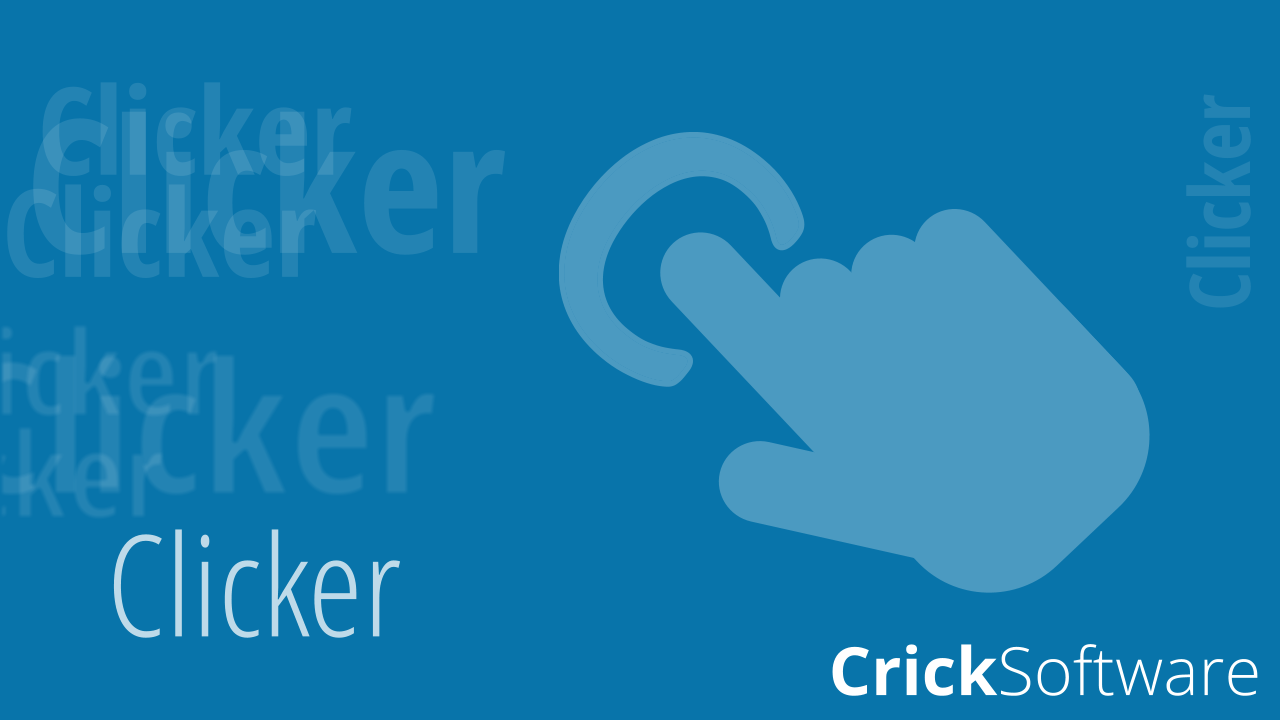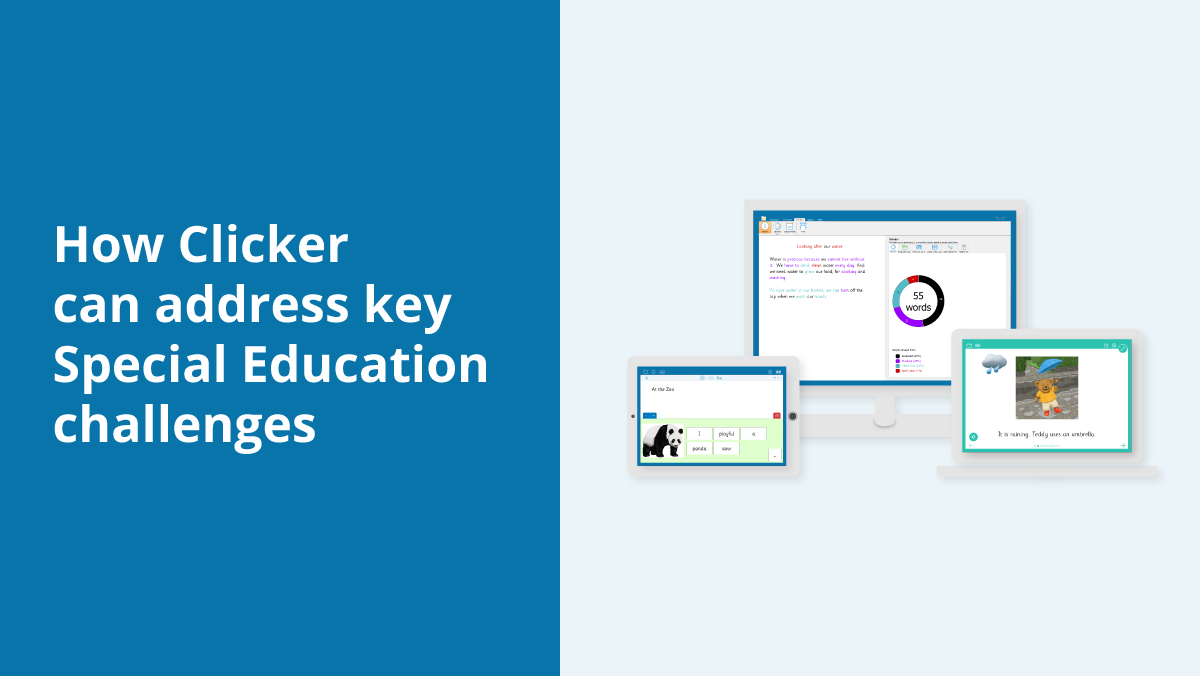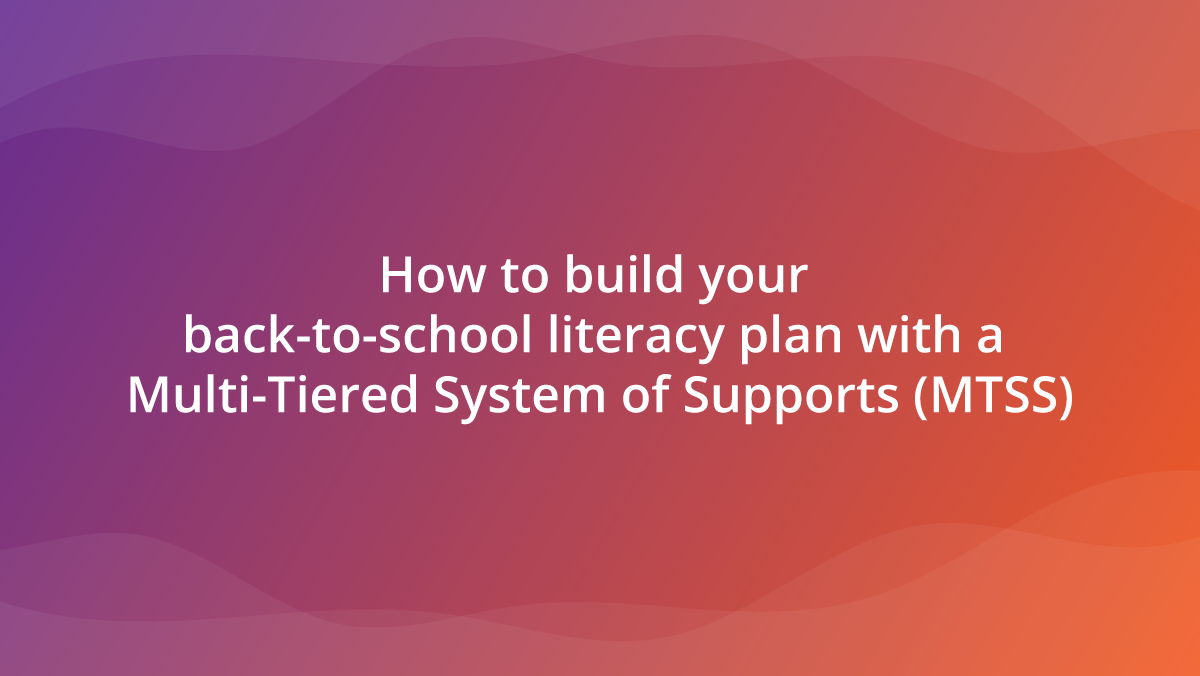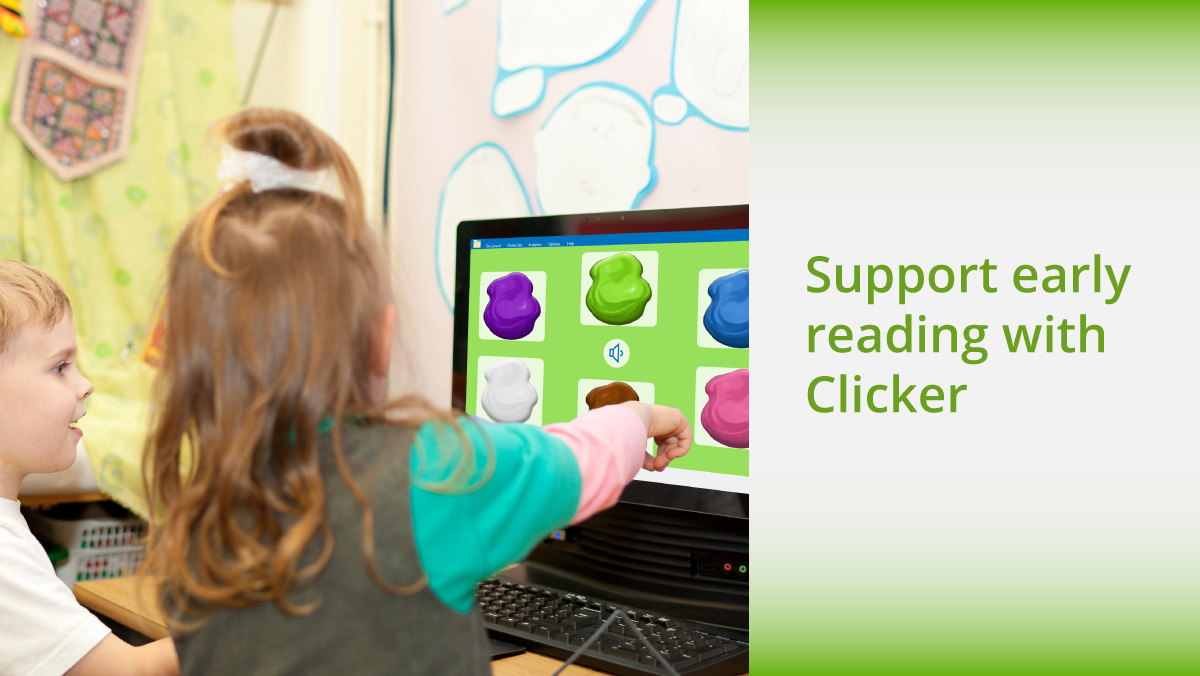As a school administrator, you’re tasked with many responsibilities. You oversee budgets, implement district initiatives, evaluate data, and manage staff. And that barely scratches the surface. The list of duties is exhaustive.
Among these responsibilities, the most critical and challenging task is creating an environment where every student reaches their full potential. And it’s not just about test scores. It’s about ensuring that every student, regardless of ability level, can thrive academically, socially, and emotionally.
Educators know that each child has unique needs that must be met for them to find growth and success. Across the country school leaders are grappling with the same challenge: seeking effective strategies to enhance student achievement.
The best approach is a Multi-Tiered System of Supports (MTSS).
Understanding MTSS
A Multi-Tiered System of Supports (MTSS) is a proactive, data-driven framework. It is designed to provide high-quality instruction and interventions. These are tailored to meet the diverse needs of all students. MTSS encompasses three levels of support:
- Tier 1: High-quality core instruction that all students receive. It includes universal supports provided to all students to promote successful outcomes. This should meet the instructional needs of 80% of students.
- Tier 2: Targeted, small-group interventions for students who require additional assistance beyond universally provided. This should meet 15% of the remaining 20% who still needed support after Tier 1.
- Tier 3: Intensive, individualized interventions for students with significant and persistent learning or behavioral needs. The 5% remaining that don’t respond to Tier 2 interventions should benefit from this personalized approach.
MTSS helps students overcome challenges in general classrooms by providing different levels of support. The level of intervention should match the level of assistance they need to stay on pace with their peers.
If students don’t progress enough at their current level of support, MTSS provides a structure to move them up to the next level of intervention.
By systematically identifying and addressing student needs, MTSS aims to
- reduce behavioral challenges,
- foster a positive and inclusive school environment, and
- improve overall student achievement.
Four benefits of MTSS in improving student achievement
- Data-driven decision-making: One of the most significant strengths of MTSS is its reliance on data. Routine monitoring of student performance allows educators to make informed decisions. It provides insight into the effectiveness of their instructional strategies and the need for additional support. Interventions that are timely and targeted have a greater impact on student achievement.
- Early intervention: MTSS emphasizes the importance of early identification and intervention for at-risk students. Addressing issues immediately helps schools prevent minor challenges from becoming significant obstacles. Early intervention improves student outcomes. It also reduces the long-term costs associated with remedial education.
- Inclusive education: All students should have access to the support they need to succeed. MTSS provides a continuum of interventions that promotes an inclusive educational environment. No student can fall through the cracks, regardless of ability level or background. Everyone has the opportunity to reach their full potential.
- Flexibility and responsiveness: The tiered structure of MTSS allows for flexibility. This makes it easier to respond to individual student needs. Adaptability is crucial. Educators can adjust the intensity and nature of interventions based on ongoing assessment data. This helps ensure that support is both effective and efficient.
Effective, targeted intervention for increased student achievement
Educational software programs like Crick Software's Clicker can help all learners experience success. It provides every student with just the right level of support and challenge. These solutions play a crucial role in enhancing literacy and learning outcomes within the MTSS framework.
Integrating Clicker at each MTSS Tier
- Tier 1: Universal tools that support all students, like text-to-speech and word prediction software, can be integrated into the general education curriculum. These tools help create an accessible learning environment for all students. This promotes universal design for learning (UDL) principles.
- Tier 2: A group of students struggles with executive functioning and organizing ideas. A Tier 2 strategy could incorporate a targeted tool, like Clicker Boards. Clicker Boards can help these students organize their ideas and prepare them to write. Targeted tools provide scaffolding to help students overcome specific literacy challenges.
- Tier 3: Some students will need even more support. They may require specialized tools designed to overcome significant literacy difficulties. Using Clicker, educators can capture students’ ideas with Voice Notes, or quickly input ideas into Sentence Sets for students to complete word-by-word with Clicker’s point-and-click access. Educators can closely monitor the students’ progress with Clicker Analytics, which tracks how students have constructed their writing using Clicker’s support features. These tools provide intensive interventions that are tailored to individual needs.
Case study: Improving literacy achievement with Clicker
Rose Racicot was introduced to Clicker when working for the Kent School District in Kent, Washington. Installed on all student computers for their 1-1 device program, Clicker emerged as a powerful engagement tool that effectively addressed the learning barriers students faced.
Clicker’s implementation as a whole class tool was instrumental in making students with disabilities feel included and confident in their abilities. The use of Clicker
- boosted student motivation,
- improved self-confidence,
- and increased inclusivity by eliminating the need to separate special education students from the general education classroom.
Racicot shared, “I knew Clicker would help meet learning goals because if you had content you wanted the whole class to access, you could create supports at different levels and introduce it to everyone. Clicker gives you a vehicle to differentiate the same content for all students very quickly and easily.”
The school saw significant improvements in student writing proficiency. For students requiring additional support, targeted interventions using Clicker's personalized features helped close achievement gaps. For those with the most significant needs, individualized plans incorporating Clicker resulted in measurable progress in literacy skills.
MTSS: Helping all students find success
MTSS offers a powerful framework for improving student achievement. It provides differentiated support based on individual needs. Integrating educational technology within this framework enhances its effectiveness. This is especially true for improving literacy outcomes.
By adopting MTSS and leveraging tools like Clicker, K-12 school administrators can create inclusive, responsive, and data-driven educational environments.
To learn more about Clicker and how it can support your educational goals, schedule a free consultation. Together, we can ensure that every student has the opportunity to succeed.





